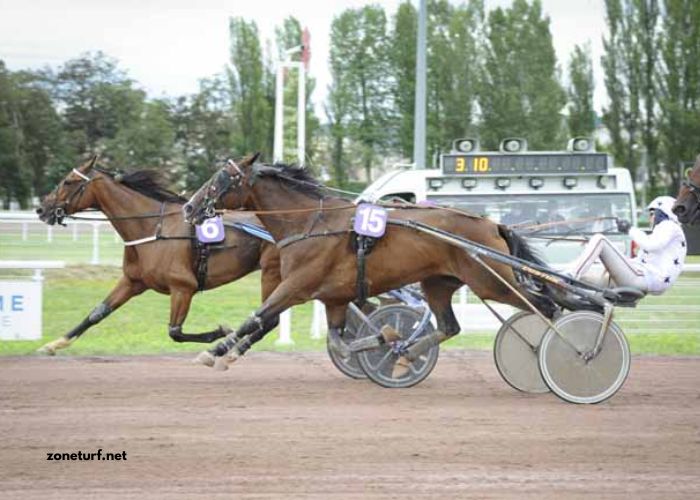The World Cup 2022, one of the most anticipated events in the world of sports, is not only a spectacle for football enthusiasts but also a significant opportunity for turf bettors. In this detailed guide, we’ll explore the World Cup 2022 calendar and its implications for turf betting. From understanding the tournament structure to analyzing match schedules, we’ll equip turf bettors with the knowledge and strategies needed to make informed wagers and maximize their chances of success.
Understanding the World Cup 2022 Format: A Primer for Turf Bettors
The World Cup 2022 will feature a total of 32 teams competing in matches across multiple venues in Qatar. Understanding the tournament format, including group stages, knockout rounds, and the final, is essential for turf bettors to grasp the betting opportunities presented by each stage.
Analyzing Group Stage Fixtures: Identifying Early Betting Opportunities
The group stage of the World Cup offers turf bettors a plethora of betting opportunities, with multiple matches taking place simultaneously. Analyzing group stage fixtures and assessing team performances can help bettors identify early betting opportunities and capitalize on favorable odds.
Assessing Team Form and Performance: Key Metrics for Turf Bettors
Team form and performance are crucial factors to consider when betting on World Cup matches. Turf bettors should analyze teams’ recent performances, player injuries, and tactical strategies to make informed betting decisions throughout the tournament.
Exploring Venue Factors: Impact on Match Outcomes
The venue of a World Cup match can significantly influence its outcome, with factors such as climate, pitch conditions, and crowd support playing a crucial role. Turf bettors should consider venue factors when evaluating match odds and making betting predictions.
Examining Knockout Stage Matchups: Strategies for Turf Bettors
As the tournament progresses to the knockout stages, turf bettors must adapt their strategies to the changing dynamics of single-elimination matches. Analyzing knockout stage matchups and assessing teams’ knockout stage performances can help bettors make informed wagers on crucial matches.
Leveraging Historical Data: Insights from Past World Cup Tournaments
Historical data from past World Cup tournaments can provide valuable insights for turf bettors. Analyzing trends such as underdog performances, goal-scoring patterns, and penalty shootout outcomes can help bettors make data-driven predictions for the current tournament.
Monitoring Player Performances: Impact on Betting Odds
Individual player performances can have a significant impact on match outcomes and betting odds. Turf bettors should closely monitor standout players and key performers throughout the World Cup to identify betting opportunities and adjust their strategies accordingly.
Evaluating Managerial Tactics: Influence on Match Strategies
The tactical decisions made by team managers can shape the course of World Cup matches and influence betting outcomes. Turf bettors should analyze managerial tactics, substitutions, and game plans to anticipate match strategies and make informed betting decisions.
Utilizing Live Betting Markets: Real-Time Opportunities for Turf Bettors
Live betting markets offer turf bettors the opportunity to wager on World Cup matches in real-time, providing dynamic betting opportunities throughout the tournament. Turf bettors can capitalize on live betting markets to hedge their bets, lock in profits, or capitalize on momentum shifts during matches.
Conclusion
The World Cup 2022 calendar presents turf bettors with a multitude of betting opportunities across various stages of the tournament. By understanding the tournament format, analyzing match schedules, and leveraging key factors such as team form, venue dynamics, and player performances, turf bettors can maximize their chances of success and enjoy a thrilling betting experience throughout the World Cup.



